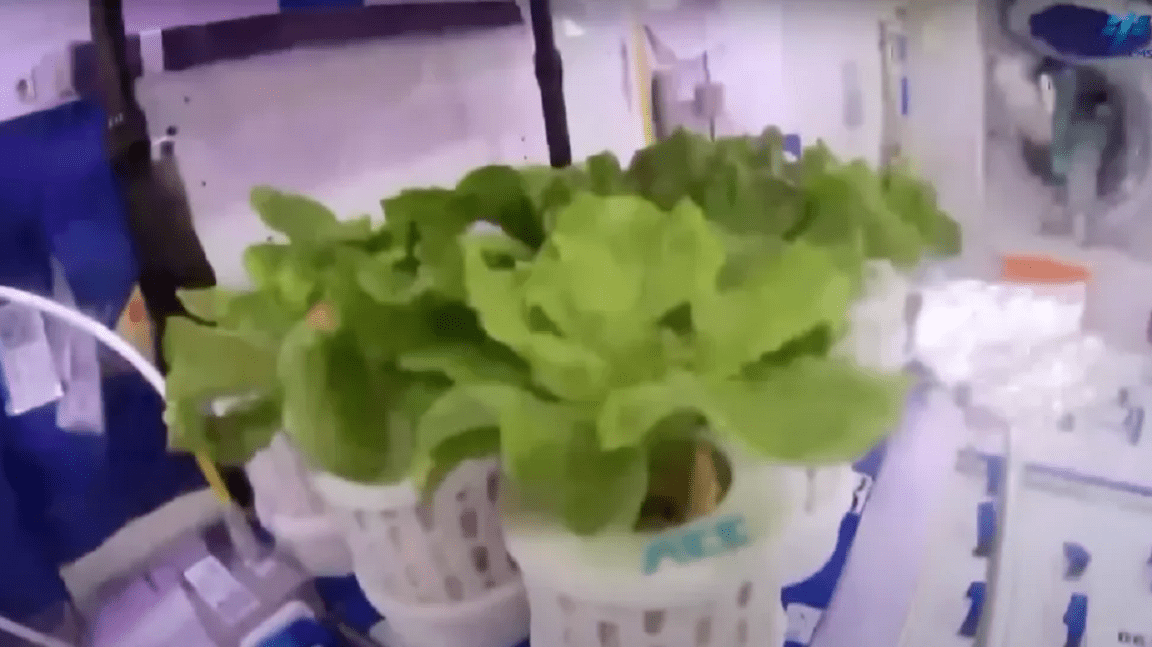
Space Sandwiches
In a very exciting turn for future space diners, humanity is just an ingredient or so away from fresh orbital BLTs.
As Space.com reports, the astronauts of China’s Shenzhou 16 mission — who made their safe return to Earth late last night after several months in space — showed off their freshly harvested lettuce and tomatoes, grown onboard China National Space Administration’s (CNSA) Tiangong space station.
Per Space.com, the team planted the lettuce back in June, successfully harvesting four total batches. The cherry tomatoes, in addition to delicious green onions, were planted later, in August.
As with efforts at NASA, China’s mission to cultivate off-world crops is an essential component of the nation’s ambition to one day send its astronauts on yearslong deep space missions. Any truly long-term space mission, after all, won’t be able to import all its food from Earth.
“This vegetable cultivation apparatus is a key part of the whole Environmental Control and Life Support System, and it is used in space to verify the relevant technologies,” Yang Renze, a researcher from China Astronaut Research and Training Center, told the China-run broadcaster China Central Television this weekend, as quoted by Space.com. “In the future, we will focus on rapid and large-scale cultivation.”
To the Moon and Beyond
Food is an essential part of the Environmental Control and Life Support Systems (ECLSS) that Renze referenced, which are basically safe, livable, and sustainable environments that allow spacefaring humans to healthily survive in space for long stretches of time.
Indeed, as Yang told CCTV, having plants onboard a spacecraft supports the Tiangong station’s ECLSS in more ways than one.
“As a key part of the ECLSS,” Yang told the state media outlet, “the plants grown from the cultivation apparatus can absorb carbon dioxide in the air to generate oxygen with photosynthesis, and then regenerate and purify water with transpiration.”
Per Space.com, to measure how well the spaceborne crops are growing compared to their Earthly counterparts, the China Astronaut Research and Training Center actually houses an identical copy of Tiangong’s gardening system. There, they grow the same plants as the astronauts do in space, a practice that provides a control environment by which to analyze any differentiations in the orbital harvests.
Developing these systems is essential for China, should it ultimately reach its goals of not only embarking on deep space missions, but in establishing surface bases on the Moon and — eventually — maybe even getting its astronauts’ boots on Mars.
“The system can be applied to the field of deep space exploration,” Yang continued, “including our crewed lunar and Mars landing missions.”
More on China’s spacefaring ambitions: China Announces Plans to Build Moon Base Using Lunar Soil